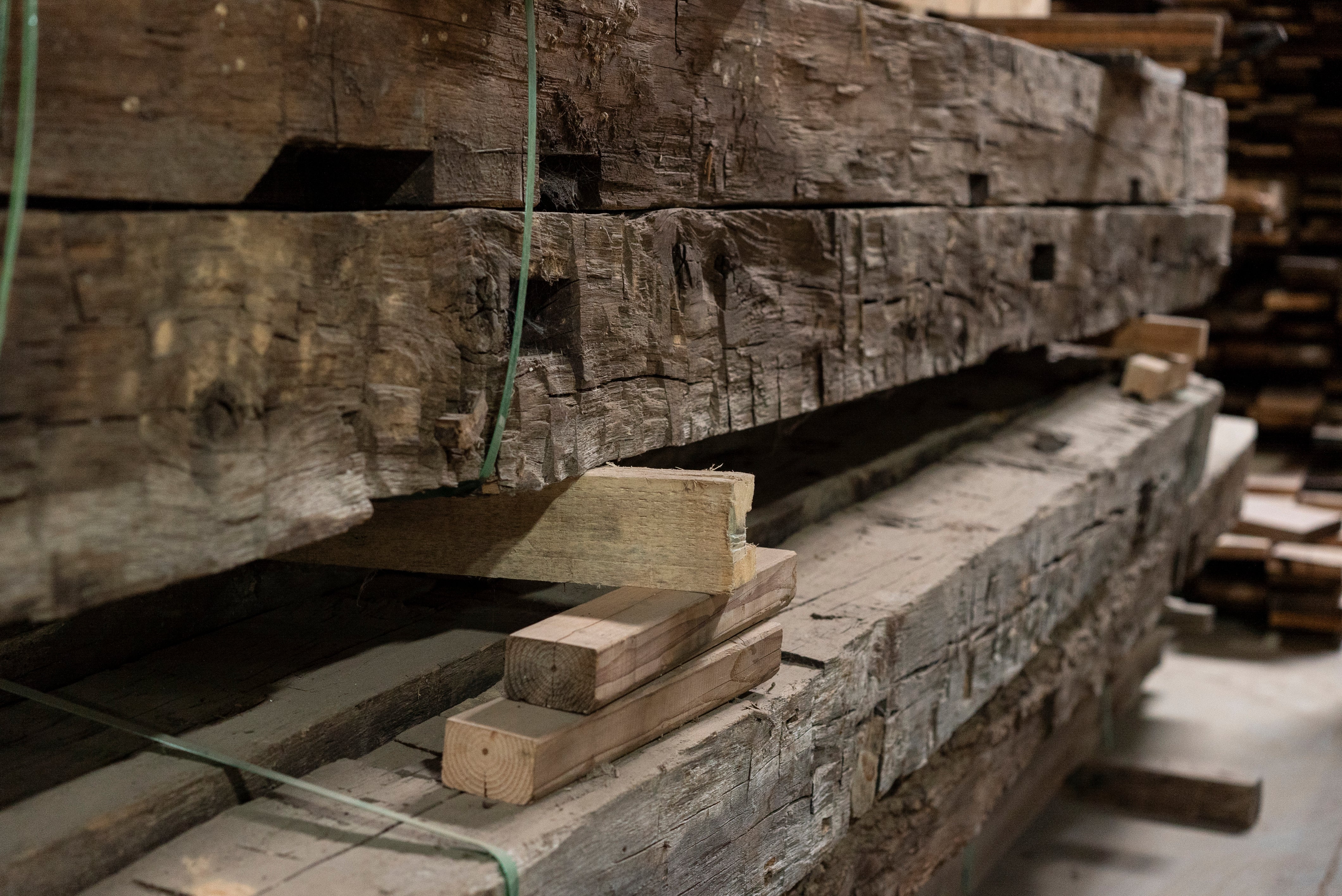
How Stikwood Is Made
How Stikwood Is Made
The real secret to what makes Stikwood the best Peel+stik wood…is the wood itself. Learn what makes Stikwood unique.
Read More
If you’ve spent any time watching HGTV or scrolling through your Instagram feed the last few years, there’s no doubt you’ve seen a major home décor trend taking over! Thanks to Chip and Joanna Gaines, we’re seeing more people than ever adding shiplap and reclaimed wood walls to their list of home décor improvements. But not all wood is created equal, so before you buy, you should insist on these 6 things from any company. (Spoiler—Stikwood meets all 6).
Real reclaimed wood is beautiful, with a finish that only years of exposure to harsh winters and hot summers can create—it's look is unique. If someone says their wood is reclaimed, make sure it is authentic and that each piece of reclaimed wood has been ethically sourced. Many companies use machines to create the reclaimed look, or even are just a veneer or a digital print of wood on an engineered substrate.

Bringing wood into your home should be like a walk in the forest—beautiful, safe, and healthy. The internet is full of charlatans and liars, which has made it difficult and time consuming to know if what you buy and expose your family to is safe. So who are you to trust? Make sure the products you purchase are certified by a reputable third party.
We are seeing more and more challenges facing our planet’s future. One of the ways that you can be a force for good in the world is by choosing sustainable products when you have the option. But don't take people's word for it, insist on a higher level of certainty in your purchase—insist that the claims made by manufacturers be backed up by third party certification. This holds the company accountable and ensures that your money is actually making a difference.
When done right, a peel+stick wood plank is amazing. Lightweight yet strong, beautiful and simple to use. But creating a peel+stik real wood product is not simple. It requires the right balance between wood preparation and adhesion. If the wood is too thick, it may overpower the adhesive and pull away from the wall. If the adhesive is cheap, it may result in the same. Skimping on the adhesive is the easiest way to lower cost. Make sure the product you purchase is designed well by a knowledgable company that uses the best quality materials.
If you are concerned about our environment, your health and the sustainability of our communities, you will insist on products made as locally as possible. Just because a product says made in the USA, it doesn't mean that all of it's components are sourced here. When you buy products that are sourced and made locally you can be more certain that the products don't contain any unhealthy chemicals and that they were sourced in a manner that didn't harm the environment. Along with this, you reduce the carbon footprint with less shipping and most of all, you are putting your money back into communities near you at every level.
The internet has given you direct access to the people who invent and manufacture products, so if they offer, you should buy directly from them. Middle men only serve to raise cost and muddy your relationship with the people who are in the best position to help your project succeed.
While it might be easy to buy from companies like Amazon, the internet is filled with fakes and charlatans and these platforms encourage off-brands to sell you substandard products (many times using the original brand's images and marketing material!!!) and make unsubstantiated claims that make it harder for you to understand what you are getting.

Join our newsletter to stay informed with new product releases, designer spotlights and promotions.
Your cart is currently empty.
Start Shopping